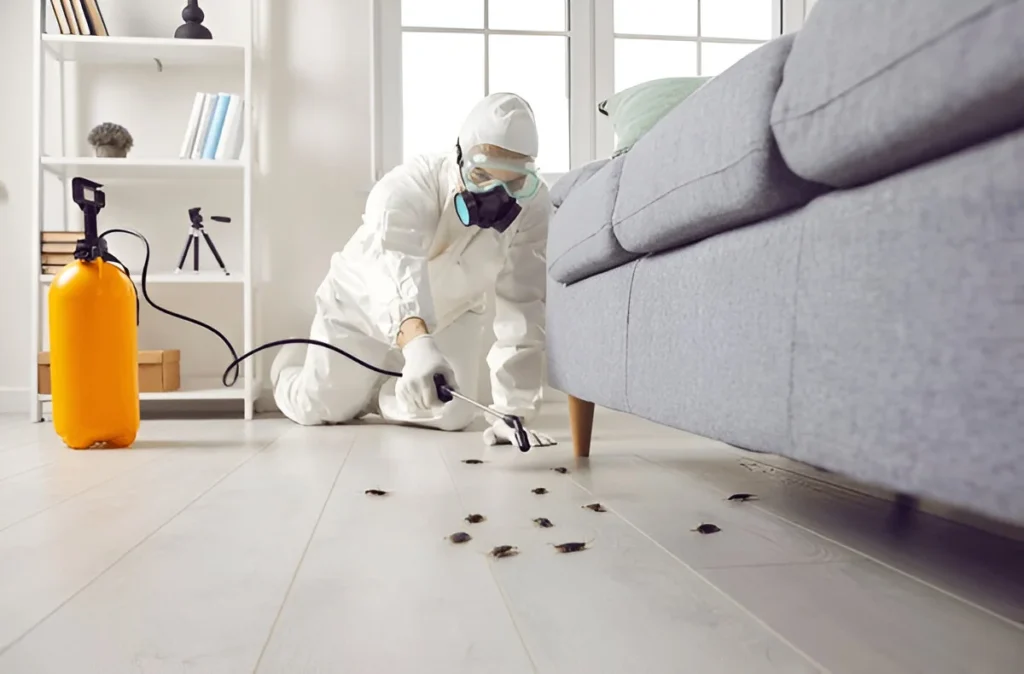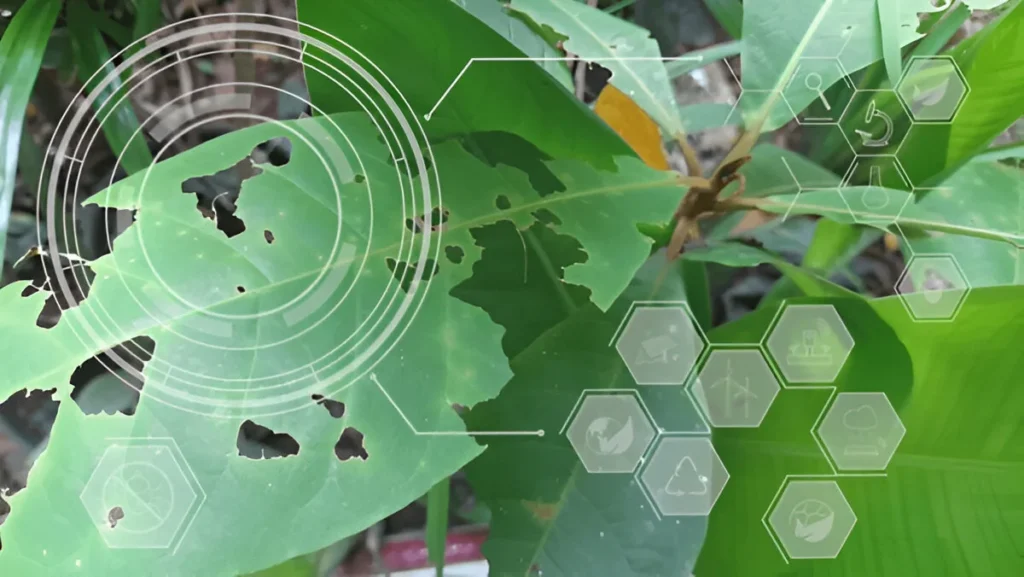-
Govind Bhawan,Kolkata - 700001
Govind Bhawan,Kolkata - 700001

Anti-Termite Protection is evolving with smart IoT monitoring. Learn how real-time data, sensors, and predictive insights enhance modern pest control services and help safeguard your home from termites.
In the age of smart homes, intelligent lighting, and app-based appliances, it’s no surprise that pest control is also getting a high-tech upgrade. Among all the threats to a building’s foundation, termites stand as one of the most destructive—yet silent—invaders.
Traditionally, anti-termite methods relied on manual inspections, scheduled treatments, and chemical barriers. While still useful, these methods may miss early signs of infestation. Now, with the integration of IoT (Internet of Things) technology, pest management is becoming proactive, data-driven, and more precise than ever.
Let’s explore how smart IoT monitoring is reshaping Anti-Termite Protection and why it’s fast becoming the preferred choice for future-ready homeowners and property managers.
Before we explore smart monitoring, it’s important to understand the gaps in traditional systems:
This is where smart monitoring steps in—with data, sensors, and efficiency.

IoT monitoring involves the use of connected sensors and automated systems that can detect signs of termite activity, measure environmental conditions, and alert pest professionals or homeowners in real time.
It brings together:
Rather than waiting for visible signs of damage, IoT-enabled systems track termite behavior at the microscopic level, allowing for early intervention.
Modern Anti-Termite Protection benefits significantly from IoT-driven systems, providing not only control but also prevention. Here’s how:
The combination of automation and pest science is more than just futuristic—it’s practical. Consider how automation helps:
This shift from reactive to predictive protection is essential in a time when structural health and sustainability are critical.
Smart monitoring offers more than just Anti-Termite Protection. It helps with:
It’s a complete upgrade from scheduled guesswork to scientific certainty.
When exploring IoT-based termite solutions, consider:
While costs can vary, many systems are now affordably priced for residential use and can save thousands in long-term damage.
A growing number of pest management providers are now shifting their focus toward intelligent, sustainable, and tech-enhanced solutions. Leading service providers in cities are adopting IoT-based termite monitoring systems with a mix of expert insights and eco-conscious methods.
Professionals from a reputed pest control company often incorporate these innovations as part of a broader Integrated Pest Management (IPM) strategy—balancing traditional techniques with next-gen technologies.

Yes, because IoT systems work round-the-clock, reducing dependency on once-a-year check-ups and identifying early warning signs often missed by the human eye.
Some systems operate on Wi-Fi, while others use cellular or LPWAN networks. Choose based on your area’s connectivity.
Absolutely. These systems are flexible and can be installed in older structures to monitor wood decay and termite-prone zones effectively.
Initial setup may be costlier than basic treatments, but long-term savings on repairs and retreatments often outweigh the cost.
Reputed systems use encrypted channels for data transfer and adhere to digital privacy norms. Always choose a trusted provider.
Smart IoT monitoring isn’t just a buzzword—it’s a powerful evolution in pest control, especially when it comes to Anti-Termite Protection. It blends precision, sustainability, and peace of mind into a single package.
For those building a new home, investing in an office property, or protecting an old structure, proactive pest management is no longer a luxury—it’s a necessity.
And while technology can do a lot, it works best when backed by expertise. Today, tech-savvy pest professionals who understand both termites and telemetry are shaping a safer, stronger tomorrow.
If you’re seeking guidance on implementing smart pest control strategies, firms known for their eco-conscious and data-driven pest solutions can offer a balanced, modern approach tailored to your needs.